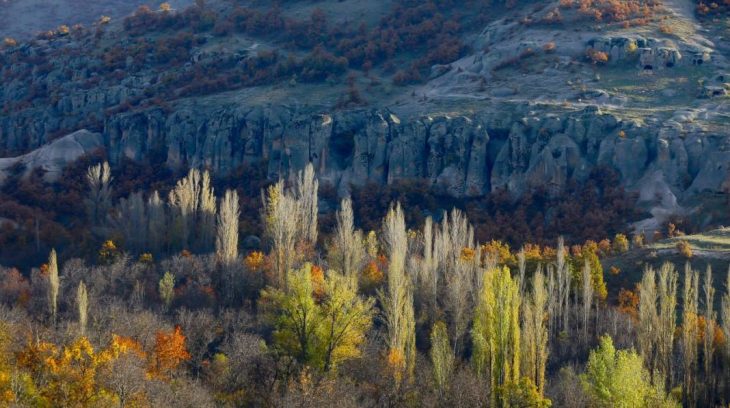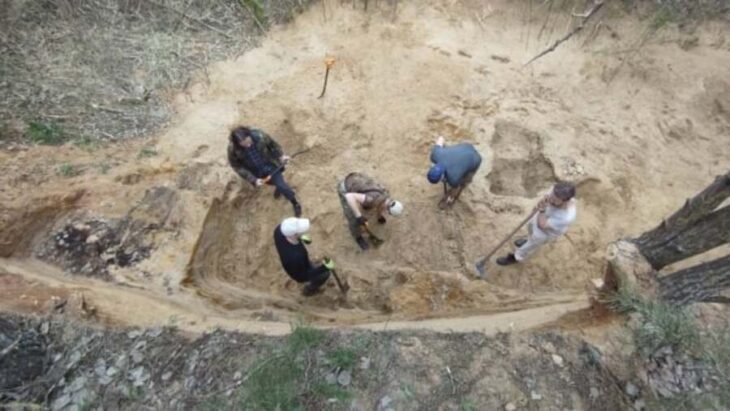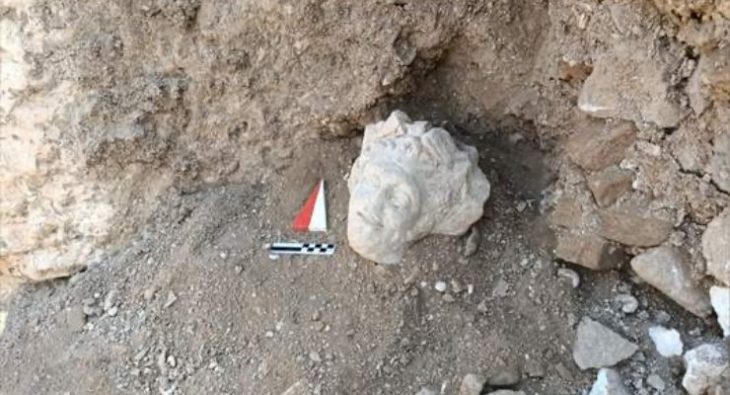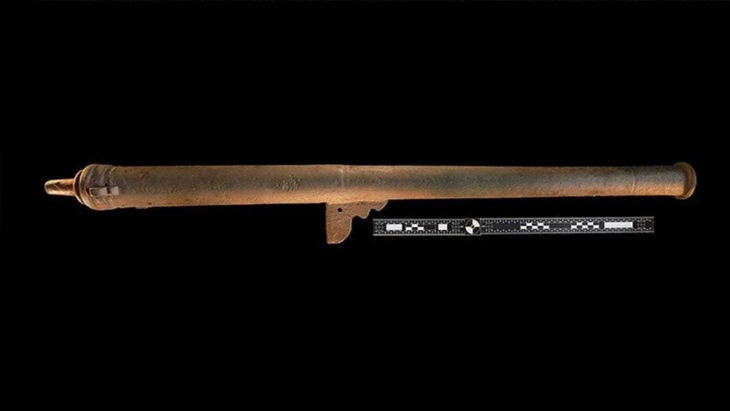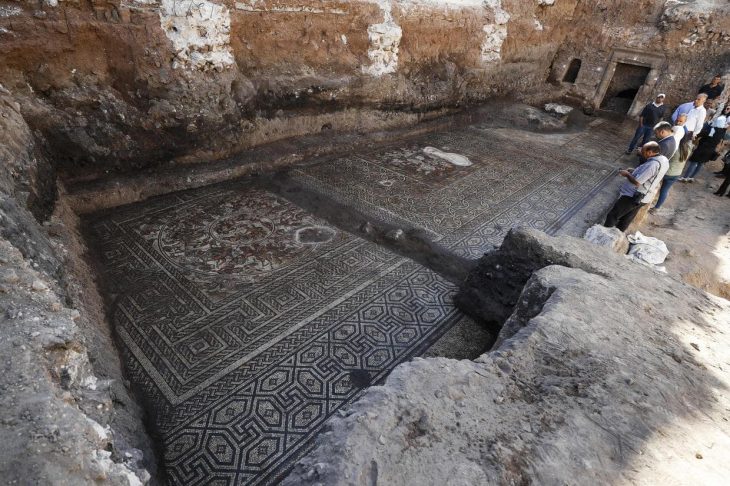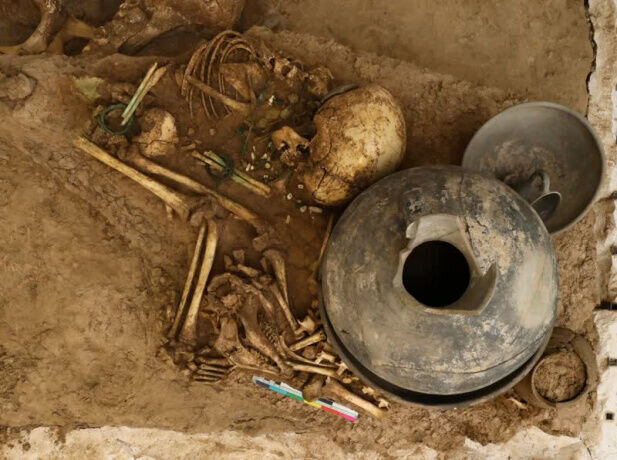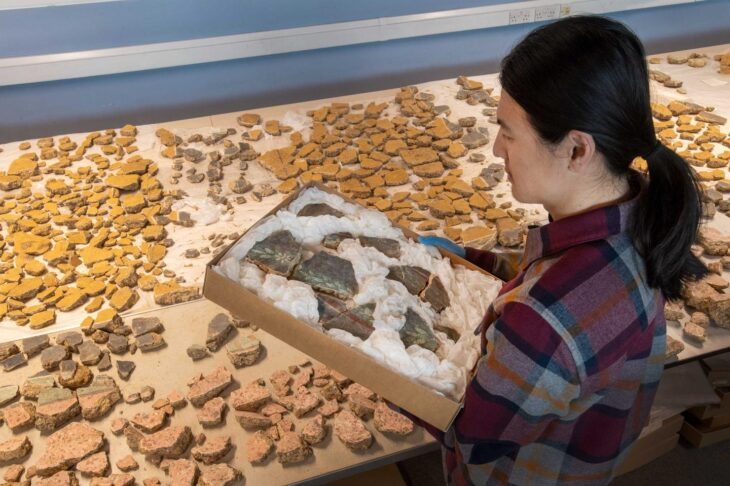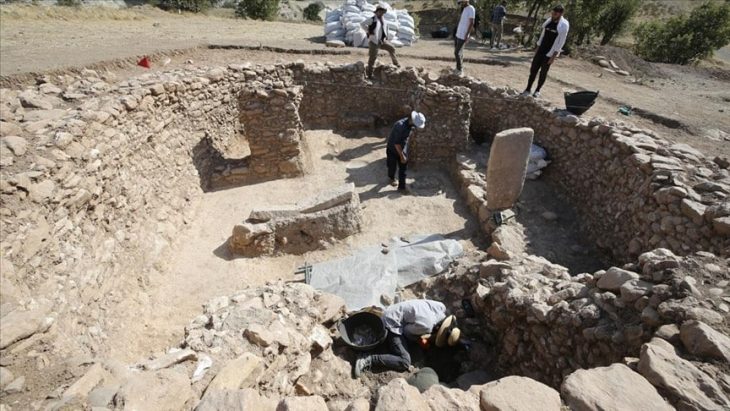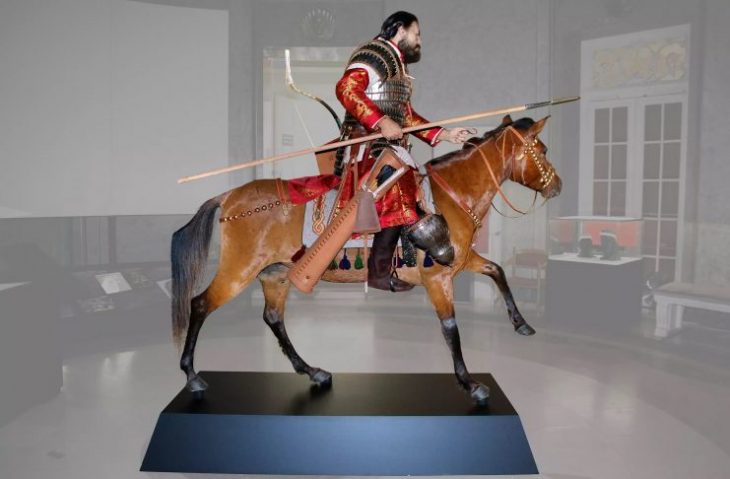Researchers have uncovered evidence of what is believed to be Europe’s earliest winemaking in the prehistoric settlement known as the ‘City of Birds’ (Yunnatzi) near Pazardzhik, Bulgaria. Dating back 7,000 years, the find includes more than 3,000 charred grape seeds and fragments of ceramic vessels, providing the earliest evidence of winemaking on the Balkans and one of the oldest in Europe.
The settlement mound of Yunnatzi, long recognized as one of Bulgaria’s most important prehistoric sites, has now revealed that its ancient inhabitants were not only skilled in metallurgy, ceramics, and trade but also among the first Europeans to master viticulture.
A Window into Europe’s Earliest Viticulture
The seeds were unearthed in a house from the Chalcolithic period (Copper-Stone Age), which was destroyed by fire in the 5th millennium BCE. According to Associate Professor Kamen Boyadzhiev from the National Archaeological Institute in Sofia, the combination of grape seeds and vessel fragments, along with botanical analysis, strongly suggests that fermentation was taking place. This positions Yunnatzi as one of the earliest known centers of viticulture in Europe.
Associate Professor Dr. Kamen Boyadzhiev told Bulgarian National Television (BNT):
“We had a considerable amount of charred botanical remains – wheat, barley, lentils, chickpeas. We also have evidence of gathering wild fruits such as apples, pears, cornelian cherries, grapes, even wild grapes from previous seasons. In one house, we found more than 3,000 grape seeds located near two destroyed vessels. This, together with the analyses of our botanical colleagues, points to the production of a grape-based beverage, most likely wine. And this, in fact, is one of the earliest pieces of evidence for winemaking ever discovered in the Balkans.”
He added that the wine was probably poured and consumed in fine, elegant vessels covered with graphite-painted decoration—true works of craftsmanship made by specialists in table ceramics.
📣 Our WhatsApp channel is now LIVE! Stay up-to-date with the latest news and updates, just click here to follow us on WhatsApp and never miss a thing!!
Wine has long been associated with ancient civilizations, but discoveries like this push the timeline of European winemaking much further back. Until recently, the oldest firmly dated winemaking evidence in the Old World came from the South Caucasus.
For example, excavations in Georgia’s Gadachrili Gora and Shulaveri hillsides revealed clay jars with wine residue dating to around 6,000 BCE, and in Armenia’s Areni-1 cave, archaeologists identified a 6,100-year-old wine press. The Bulgarian discovery now places the Balkans firmly within this early web of viticultural innovation.

The City of Birds: A Highly Developed Civilization
The site became known as the ‘City of Birds’ because archaeologists uncovered hundreds of clay bird figurines there, and it is believed that the settlement itself was once filled with birds, reflecting the spiritual symbolism of the ancient Maritsa culture.
The Yunnatzi settlement mound, inhabited for millennia, reveals an advanced society that thrived between three mountain ranges and two rivers. Excavations have shown that residents were master craftsmen, producing elegant graphite-painted ceramics, jewelry made of gold, and specialized metallurgical tools. They maintained long-distance trade networks, importing salt from Provadia, flint from northeastern Bulgaria, and shells from the Aegean Sea.
The houses, often measuring between 60 and 100 square meters, were not only spacious but richly decorated. Archaeologists found fragments of plaster walls painted in red and white motifs—possibly with protective or ritual significance. Such symbolism suggests a strong connection between art, spirituality, and daily life.
Rituals, Games, and Spiritual Beliefs
Intriguingly, researchers also discovered more than 40 carefully selected sheep bones, believed to be used in games or rituals, as well as clay figurines linked to the Mother Goddess cult.
These artifacts highlight the settlement’s complex spiritual life and its participation in broader Neolithic religious traditions.

A Civilization Cut Short
The Chalcolithic culture of Yunnatzi—sometimes referred to as the Maritsa culture—flourished for centuries before being disrupted by migrating steppe nomads around the end of the 5th millennium BCE.
Despite its sudden collapse, the community left behind a lasting legacy: exquisite ceramics, intricate gold ornaments, and now, the earliest evidence of wine production in Europe.
Why This Discovery Matters
Wine has always been more than a drink; it is a cultural marker, tied to trade, ritual, and identity. The Pazardzhik discovery adds Bulgaria to the map of early viticulture, alongside the Caucasus and the Near East.
For modern Bulgaria, already celebrated for its wine industry, this archaeological milestone provides not just a historical curiosity but a powerful narrative linking contemporary winemaking traditions to some of the deepest roots of European civilization.
Cover Image Credit: BNT




